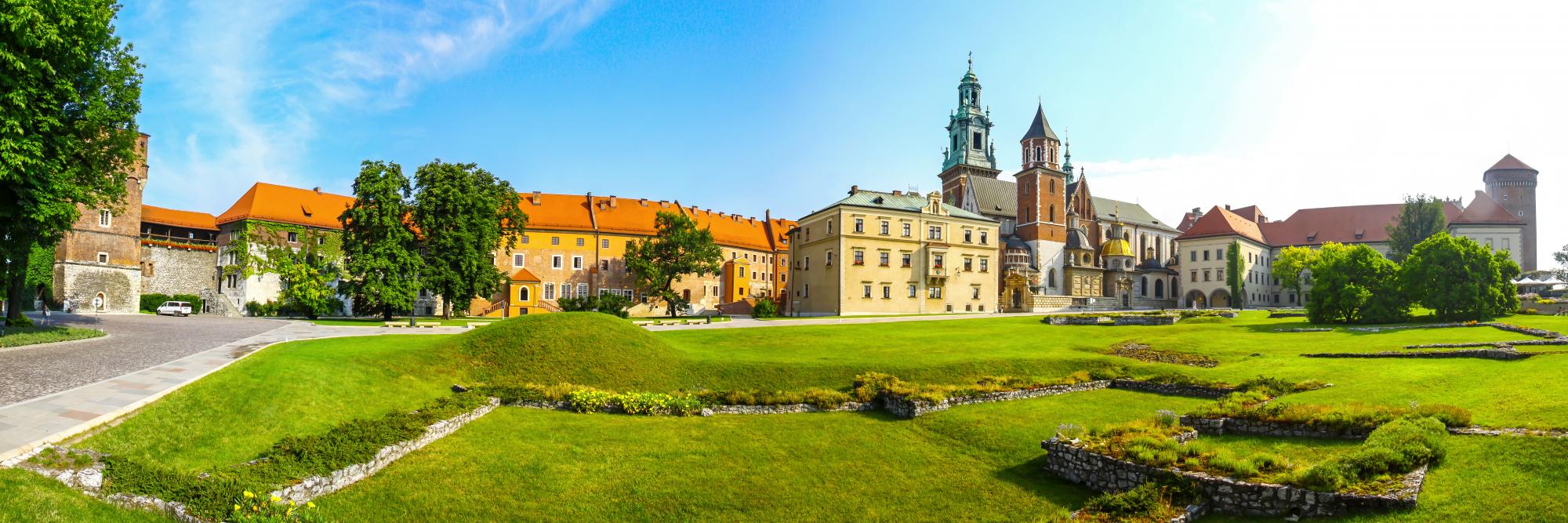You will need to learn to cope with cold weather in Poland when moving to the country. Winters are chilly, with temperatures often plunging as low as 16°F (-9°C).
Winter in Poland typically begins in November and ends in March, but it can be extended when eastern winds blow in from the Russian front. Snowfall is common in winter and can even continue as late as April. There are regional differences in climate across Poland, with the Baltic coast experiencing milder winters while the northeast faces harsher conditions.
Spring in Poland usually lasts two months (April and May) and is characterised by rain and cold nights. Daily springtime temperatures range between 41°F (5°C) and 59°F (15°C). Spring gives the country a welcome burst of activity after the long winter, and locals flock to Poland’s parks and outdoor spaces as temperatures rise.
Although precipitation falls year round in Poland, it is heaviest in summer. Summer (June to August) is moderate, and average temperatures tend to hover between 68°F (20°C) and 77°F (25°C). Excessive heat is rare, but droughts can occur from time to time, particularly in central and western regions. Without widespread air conditioning in Polish homes, you’ll find locals cooling off in urban parks, lakes, and Baltic beaches during hot spells.
Autumn in Poland begins pleasantly with warm days, but the temperature begins dropping dramatically in the second half of the season. September and early October offer the perfect conditions for outdoor activities before chilly November sets in. Mushroom picking in forests becomes a popular weekend pursuit for many Polish families during this colourful season. During autumn, temperatures gradually fall from 68°F (20°C) in early autumn to freezing by late November.
